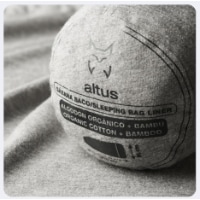3% is tolerable and is mild dehydration at most and easily remedied with oral fluids. Nowhere near hospital level. The danger is when oral input is insufficient. 10% will score you a hospital admission.
Maintenance for my weight is 125ml/hr and that is at rest.
https://www.ncbi.nlm.nih.gov/books/NBK236237/table/ttt00009/?report=objectonly is an interesting wee table looking at sweat rates admittedly in trained people over several hours doing 5.6km per hour. A bit faster than your average pilgrim but nowhere near race walking.
But the observation that being in a hot-wet environment roughly doubles your sweat output and a hot-dry environment doubles it again is what is relevant.
Really relevant for people walking in the southern parts of Spain.
Most people notice sweat in the hot wet areas but underestimate their fluid losses in the hot dry areas because a lot of it evaporates.
Take home message is that if you feel thirst you must drink. And if it is hot and dry expect your fluid losses to be more than you think.
How much you carry in fluids is very much route dependent but there are certainly routes where it is safer to expect to carry more.
And if you are taking NSAIDs you really need to be proactive about fluids.
And if a human bladder contains roughly 500 ml and kidneys make 100-125ml urine per hour then you would expect to pee at least every 4-5 hours or so if you are keeping up with your bodies needs.























